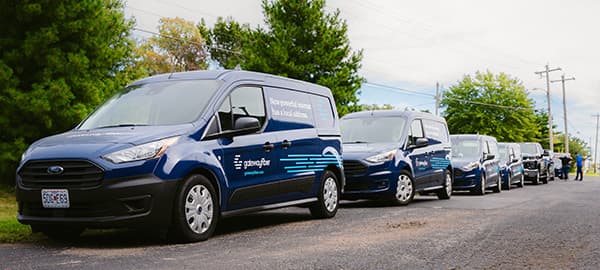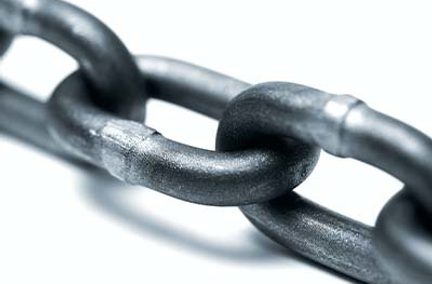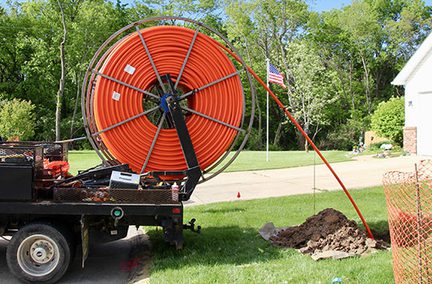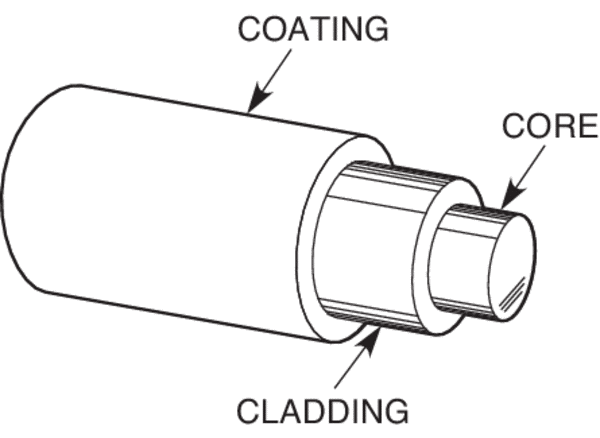How Does the Internet Get To Your Home?
Jun 6, 2023 | Home Technology

While it may seem like magic, there is a complete science behind how the internet gets to your home. It doesn't come from a poof of pixie dust or the wave of a magic wand. Delivering even the most basic internet service requires a tremendous amount of hardware and software working together to bring you all your favorite sites, shows, and games.
The internet is indispensable in our daily lives in today's interconnected world. From streaming videos and social media to online shopping and remote work, the internet has become essential for individuals and businesses.
Have you ever wondered how the internet makes its way from its origin to you? Let's explore the fascinating journey of the internet, unraveling the complex infrastructure enabling its delivery to your home.
The Backbone of the Internet
At its core, the internet relies on a vast network of physical infrastructure to transmit data around the world. This network, commonly known as the internet backbone, consists of high-capacity fiber-optic cables, routers, and switches that connect various locations worldwide — thus the "worldwide" in the World Wide Web (www).
These backbone networks are managed and operated by major telecommunications companies, internet service providers (ISPs), and content delivery networks (CDNs). Much of the internet relies on millions of miles of undersea fiber optic lines connecting continents. Massive amounts of data flow through undersea cables every second, connecting the world on a large scale. Once the data reaches each country, it is funneled through local internet service providers.
Internet Service Providers (ISPs)

Internet service providers (ISPs) such as Gateway Fiber are vital to bridging the gap between the backbone network and you, the end user. ISPs provide internet access to both residential and commercial customers. They connect to the backbone network through large data centers and distribute the internet signal to customers via different technologies such as DSL, cable, fiber-optic, or wireless connections.
ISPs are the consumer-facing part of the internet connection since they are who you deal with when signing up for service or when something goes wrong and your service goes down, which happens less with fiber internet than with any other medium. You pay your monthly service bill to your local ISP.
Local Exchanges and Central Offices
Once the signal reaches the local area, it is directed to a local exchange or central office. The terms in largely interchangeable. Although a "central office" sounds like a big building such as the ISP's headquarters, it's really just an oversized outdoor cabinet that doesn't take up very much room, especially in a fiber-optic internet setup where cabling is smaller than in a copper-based network. These facilities act as hubs to manage and distribute internet traffic to individual customers. They serve as intermediaries between the ISP's network and the customer's home or business.
Last-Mile Connectivity
The "last mile" refers to the final leg of the internet connection between the central office and your home. This is often the most challenging part of the journey due to the need for extensive physical infrastructure deployment. Various last-mile connectivity technologies are used, including Digital Subscriber Line (DSL), cable, fiber-optic, and wireless connections.
- DSL connections utilize existing telephone lines to transmit data. This technology allows simultaneous data and voice transmission over the same line, with data speeds varying based on distance from the central office.
- Cable internet uses coaxial copper cables to deliver high-speed internet services. It operates on the same infrastructure used for cable television and provides faster speeds than DSL, with multiple users sharing bandwidth in a neighborhood. When this happens, each home's bandwidth fluctuates depending on how many neighbors are online at a time.
- Fiber-optic internet is the fastest and most reliable last-mile connectivity option. It uses thin strands of glass or plastic to transmit data as pulses of light, offering significantly higher bandwidth and faster speeds than DSL or cable. Each home gets its own dedicated fiber, eliminating the slowdown often associated with cable internet.
- Wireless connections such as Wi-Fi, satellite, or cellular networks provide internet access in areas where wired connections are not feasible or economically viable. These connections use radio waves to transmit and receive data, enabling remote areas to access the internet.
See this other helpful page for a deeper explanation of how Gateway Fiber constructs our last-mile connectivity.
In-Home Equipment

Receiving the internet signal inside your home requires specific equipment, including a modem and a router. The modem connects to the ISP's network and converts the incoming signal into a format the customer's devices can understand. The router then distributes the internet connection to multiple devices, allowing simultaneous access throughout the home.
The two most common methods for delivering the signal in areas where a router alone doesn't have enough range are an extender and a mesh network. Read up here to help you decide which one is better for you.
Total Connectivity
The journey of the internet from its point of origin to your home involves a complex and interconnected infrastructure.
As the demand for faster and more reliable internet continues to grow, advancements in technology and infrastructure will play a crucial role in expanding connectivity and delivering seamless internet experiences to customers worldwide.
- internet tech
- undersea fiber cables
- internet backbone
- home internet






